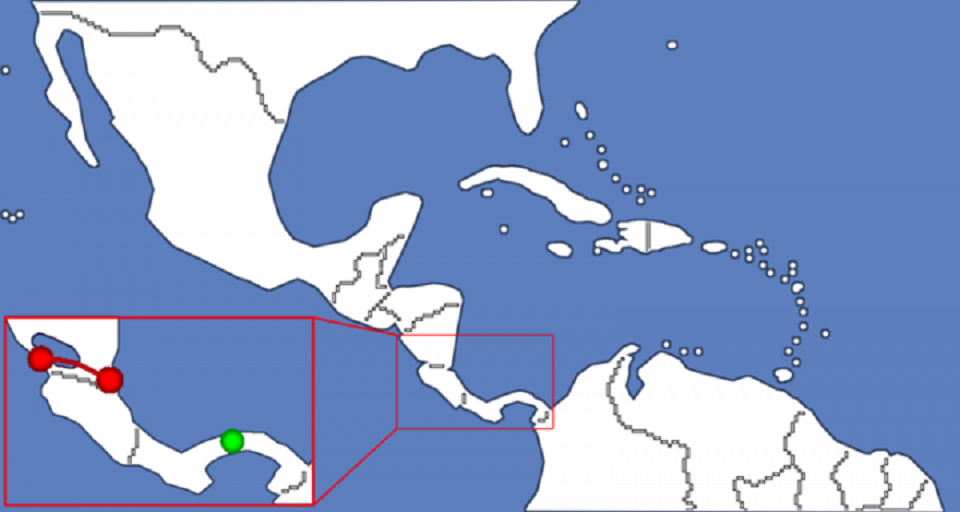
A consortium based in Hong Kong has been granted a license to build and operate a proposed canal between the Atlantic Ocean and the Pacific Ocean through Nicaragua.
The new channel through Middle America would be a direct competitor to the Panama Channel. With plans to begin “construction”, or rather, “digging”, in the autumn of 2014, to be completed in 2019.
A Private Initiative
An agreement was signed on the 13th of June 2013 between the Nicaraguan government and the consortium HKND, Hong Kong Nicaragua Canal Development, headed by Chinese businessman Wang Jing.
The new canal will be a direct competitor to the Panama channel but will allow for increased ship speed, and more importantly, increased ship size compared to the Panama channel. The current capacity of the Panama canal is 80,000 tons, the Nicaragua canal will allow for supertankers and cargo ships, up to 250,000 tons.
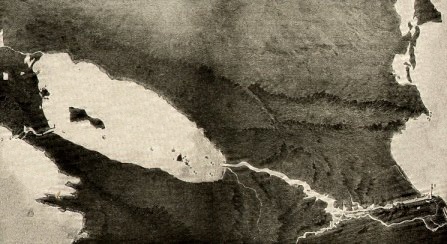
With an estimated cost of 40 billion dollars, the canal will be funded by private investors solely, with no state or government involvement. Such as that with the Panama Canal.
The consortium has suggested four different possible routes. What route that will be chosen depends on the detailed environmental impact assessment that is underway, by contracted international consultants, to evaluate which route puts the least stress on nature.
Environmental Impact
However, there has been some controversy regarding the direction and its environmental consequences. Since Wang Jing made announcements that can be interpreted as if the direction of the canal has already been established. Namely, the route that follows the rivers Rio Escondido and Rio Frame to Lake Nicaragua, then to the port city Brito on the Pacific Ocean. A total of 200 kilometers of the canal would be needed to be dug, with new ports to be built on both ocean sides.
This announcement by Wang Jing was however made before the environmental impact assessment is complete. And the announcement caused some uproar within the Nicaraguan government, and with the current political opposition criticizing the project.
Since the Nicaragua Canal is planned for supertankers and container ships of up to 250,000 tons possibly going through the Lake Nicaraguan – a major oil spill could ruin the lake for the foreseeable future. Another problem is that huge amounts of fresh water would be lost to the sea on each side of the canal. Besides being the host of precious wildlife and plants, the Lake is a freshwater reservoir for Nicaragua.
Following the criticism, Wang Jing commented on a press conference July the 30th, saying, “I take full responsibility for all damages. We do not want to go into the history books as the ones destroyed Nicaragua’s environment.” Other critics have commented on the motives of the HKND consortium, with ambiguous owner structure and overruling owner being HKND Group Holdings, registered in the tax haven of the Cayman Island.
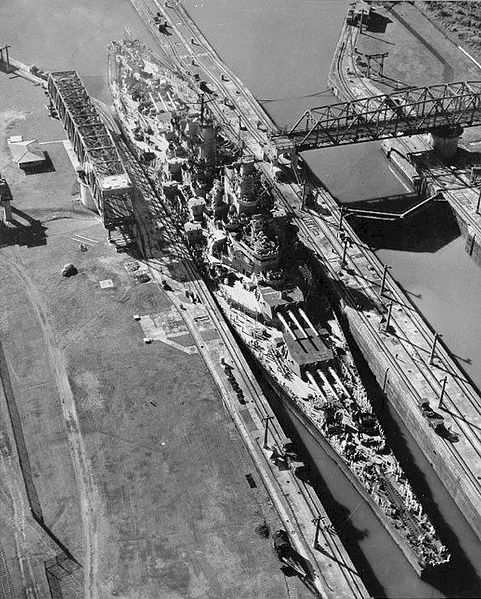
Whether or not the project will indeed become a reality, the canal would be an impressive feat of engineering. Completed in just 5 years. Compared to the Panama Canal that opened in 1914, being 294,13 meters long, 32,31 meters wide. It allows for ships to be 54 meters high. Ships larger than this ratio, called “post-Panamax”, need to take the route around South America and Cape Horn, adding several weeks of traveling. The largest ship to ever pass through the Panama Canal was the American battleship Missouri going through the canal in 1945 with only 15 centimeters to spare on each side.
However, any future competition with the Panama Canal is would be tough, since work is currently underway to modernize and expand the Canal. Work that will double the capacity and allow larger ships to pass. And when finished in 2015 the canal will be able to take ships 49 meters wide and 366 meters long.
________________
HKND Group
Nicaragua taps China for canal project
________________________________

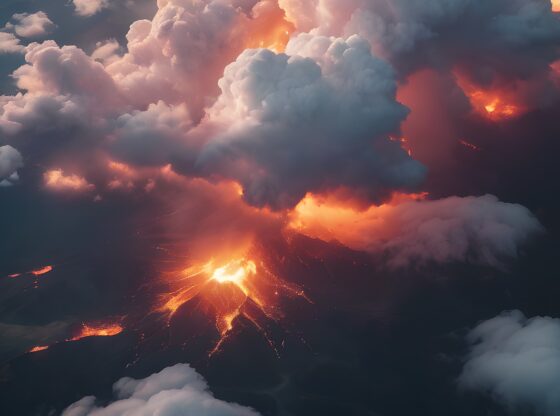
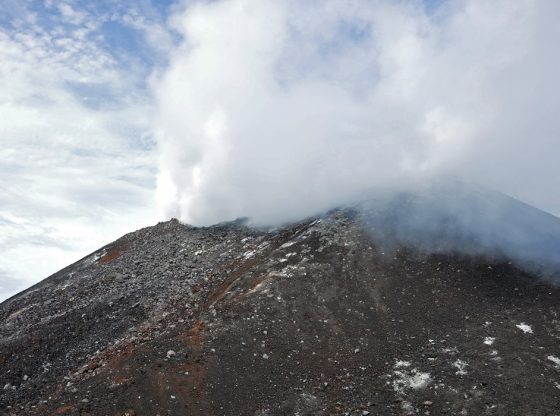
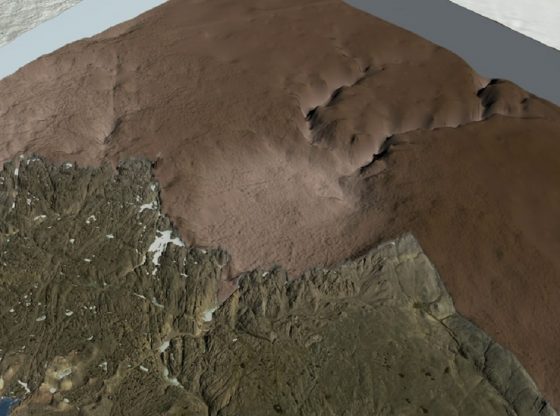
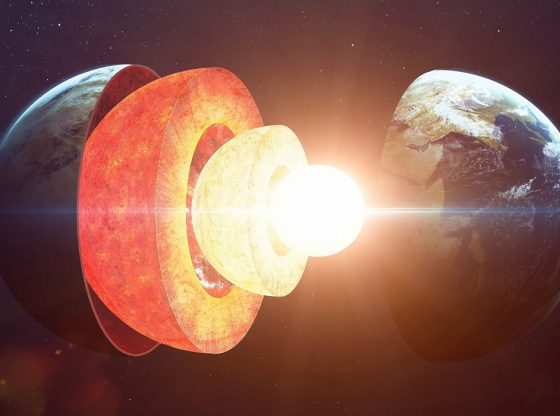

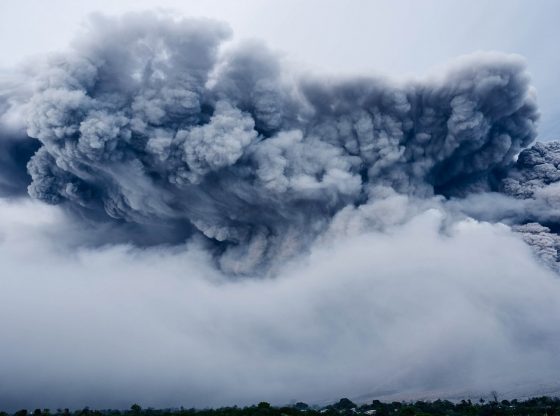

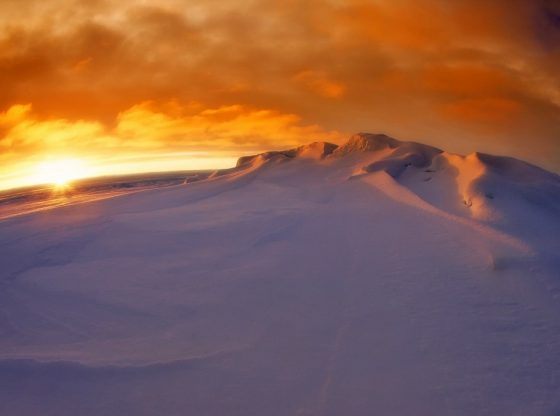
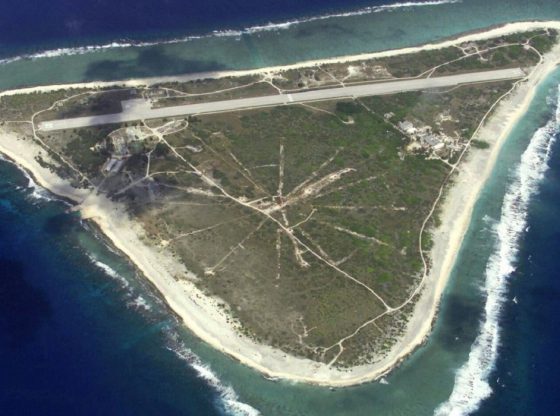
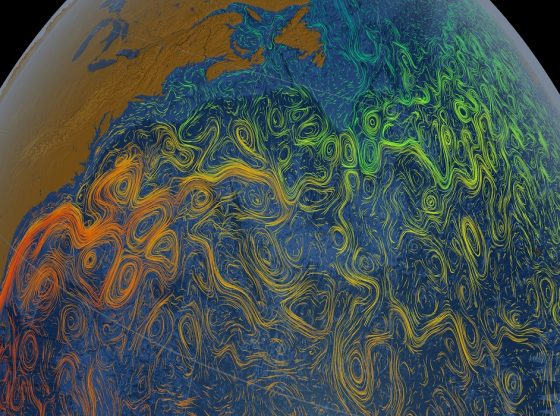
![OpenAI. (2025). ChatGPT [Large language model]. https://chatgpt.com](https://www.illustratedcuriosity.com/files/media/55136/b1b0b614-5b72-486c-901d-ff244549d67a-350x260.webp)
![OpenAI. (2025). ChatGPT [Large language model]. https://chatgpt.com](https://www.illustratedcuriosity.com/files/media/55124/79bc18fa-f616-4951-856f-cc724ad5d497-350x260.webp)
![OpenAI. (2025). ChatGPT [Large language model]. https://chatgpt.com](https://www.illustratedcuriosity.com/files/media/55099/2638a982-b4de-4913-8a1c-1479df352bf3-350x260.webp)








